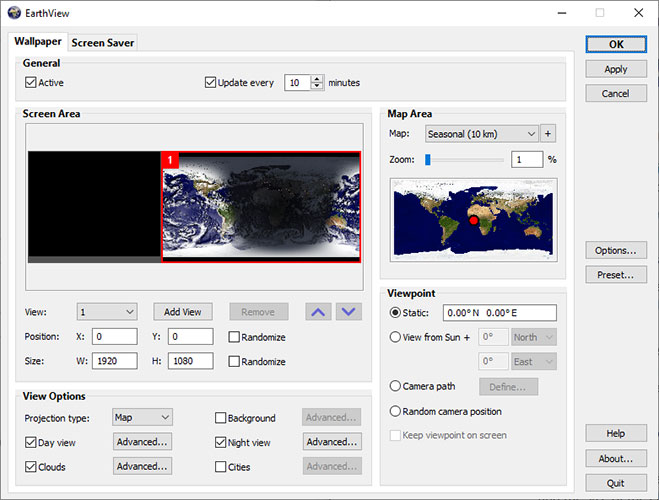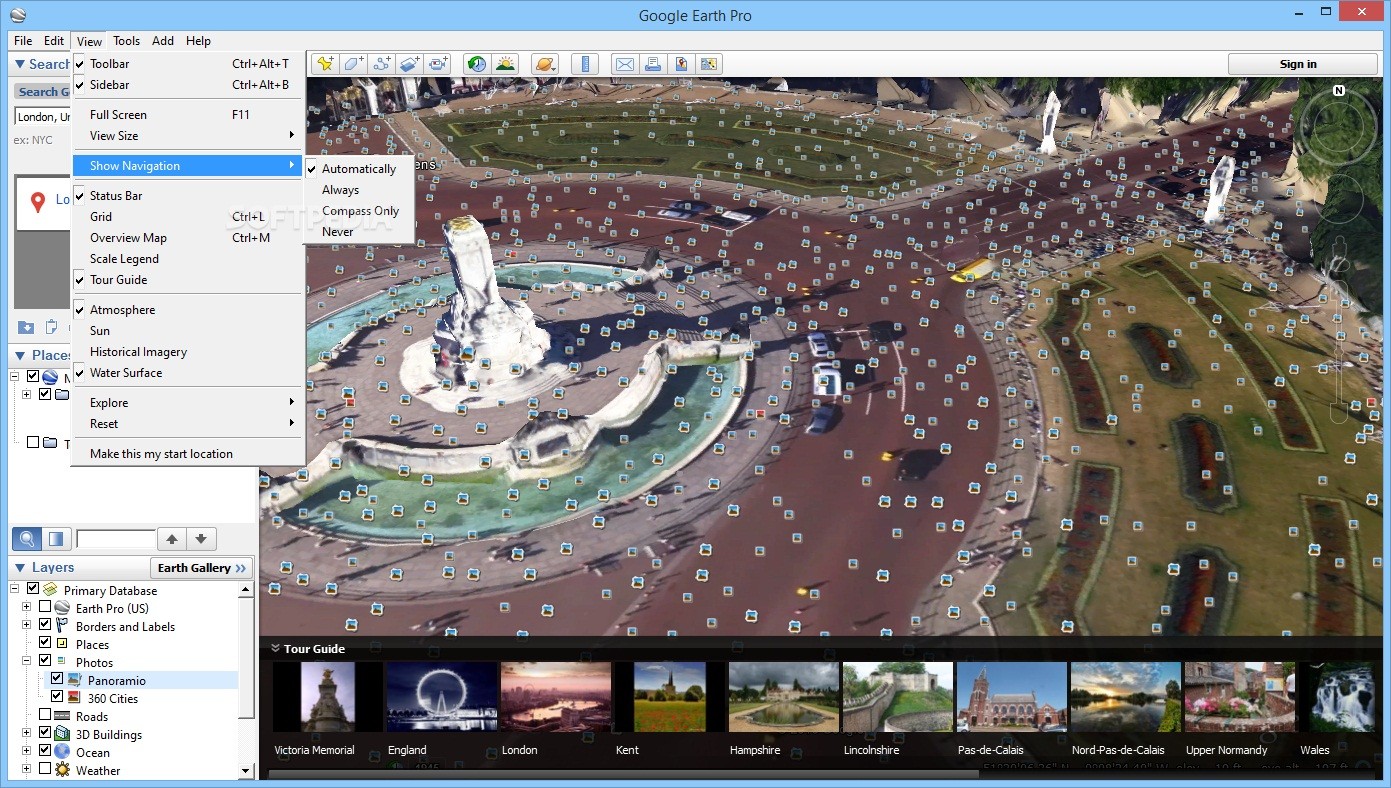
If you purchase the full version, you'll get the possibility to download even more detailed versions of some maps, which have higher resolution. EarthView has won countless awards for its absolutely breathtaking images.ĮarthView supports five different beautiful maps of the earth, starting at 10 km resolution, which means that at 100% zoom level, 1 pixel on your screen equals 10 kilometers on earth.

Many options allow total customization of all view parameters. EarthView supports different maps that show our planet earth in different ways, including seasonal changes of vegetation, snow cover and ocean ice.

It produces colorful, high quality, high resolution images for every screen resolution - even beyond 2560x1600! The program supports map and globe views, urban areas, city lights, atmospheric effects, clouds, weather information, local time display and much more. However, this information is essential to understanding the fundamental concepts of orbital mechanics and provides the necessary foundation to enable war fighters to better appreciate the challenges of operating in the space domain.EarthView is a dynamic desktop wallpaper and screen saver, which displays beautiful views of the earth with daylight and night shadows. This section has many facts, figures, and equations that may seem overwhelming at times. The third section discusses the application of those laws to determining orbit motion, orbit geometry, and orbital elements. The second part covers a brief history of orbital mechanics, providing a detailed description of the Keplerian and Newtonian laws. The first part focuses on the important information regarding satellite orbit types to provide an understanding of the capabilities and limitations of the spaceborne assets supporting the war fighter. The chapter is divided into three sections. Thus, the objectives of this chapter are to provide a conceptual understanding of orbital motion and discuss common terms describing that motion.

Motion through space can be visualized using the laws described by Johannes Kepler and understood using the laws described by Sir Isaac Newton. Knowledge of orbital motion is essential for a full understanding of space operations.


 0 kommentar(er)
0 kommentar(er)
